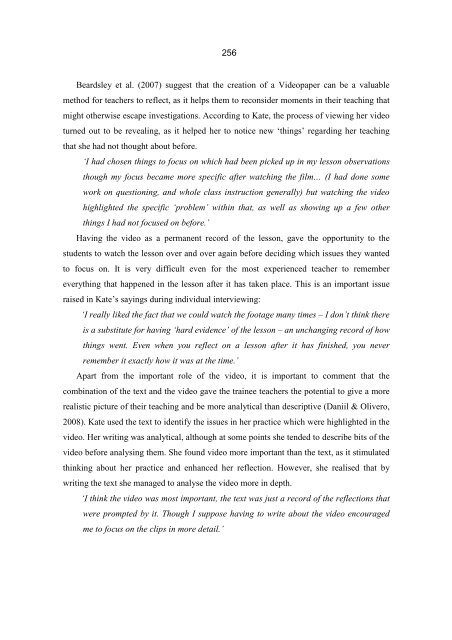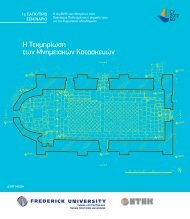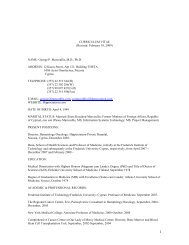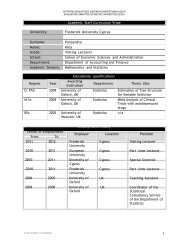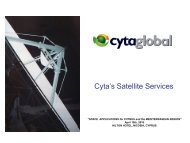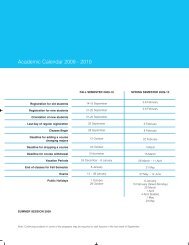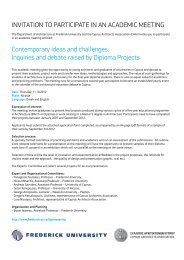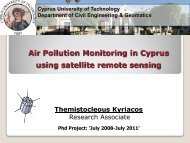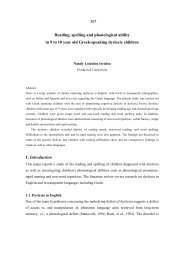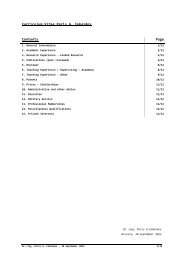Videopaper and teacher education Student teachers create ...
Videopaper and teacher education Student teachers create ...
Videopaper and teacher education Student teachers create ...
Create successful ePaper yourself
Turn your PDF publications into a flip-book with our unique Google optimized e-Paper software.
256<br />
Beardsley et al. (2007) suggest that the creation of a <strong>Videopaper</strong> can be a valuable<br />
method for <strong>teacher</strong>s to reflect, as it helps them to reconsider moments in their teaching that<br />
might otherwise escape investigations. According to Kate, the process of viewing her video<br />
turned out to be revealing, as it helped her to notice new ‘things’ regarding her teaching<br />
that she had not thought about before.<br />
‘I had chosen things to focus on which had been picked up in my lesson observations<br />
though my focus became more specific after watching the film… (I had done some<br />
work on questioning, <strong>and</strong> whole class instruction generally) but watching the video<br />
highlighted the specific ‘problem’ within that, as well as showing up a few other<br />
things I had not focused on before.’<br />
Having the video as a permanent record of the lesson, gave the opportunity to the<br />
students to watch the lesson over <strong>and</strong> over again before deciding which issues they wanted<br />
to focus on. It is very difficult even for the most experienced <strong>teacher</strong> to remember<br />
everything that happened in the lesson after it has taken place. This is an important issue<br />
raised in Kate’s sayings during individual interviewing:<br />
‘I really liked the fact that we could watch the footage many times – I don’t think there<br />
is a substitute for having ‘hard evidence’ of the lesson – an unchanging record of how<br />
things went. Even when you reflect on a lesson after it has finished, you never<br />
remember it exactly how it was at the time.’<br />
Apart from the important role of the video, it is important to comment that the<br />
combination of the text <strong>and</strong> the video gave the trainee <strong>teacher</strong>s the potential to give a more<br />
realistic picture of their teaching <strong>and</strong> be more analytical than descriptive (Daniil & Olivero,<br />
2008). Kate used the text to identify the issues in her practice which were highlighted in the<br />
video. Her writing was analytical, although at some points she tended to describe bits of the<br />
video before analysing them. She found video more important than the text, as it stimulated<br />
thinking about her practice <strong>and</strong> enhanced her reflection. However, she realised that by<br />
writing the text she managed to analyse the video more in depth.<br />
‘I think the video was most important, the text was just a record of the reflections that<br />
were prompted by it. Though I suppose having to write about the video encouraged<br />
me to focus on the clips in more detail.’


